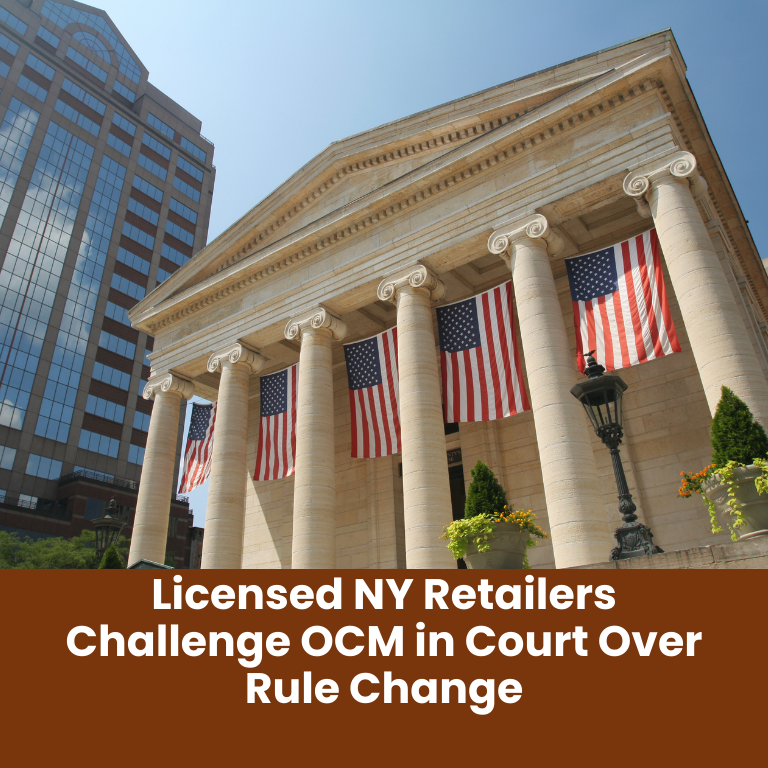As the cannabis industry continues to grow at a rapid pace, operators are investing heavily in cultivation sites, processing facilities, dispensaries, and other real estate assets. However, with great investment comes great responsibility—and risk. For cannabis businesses, understanding and mitigating property-related risks is essential not only for protecting physical assets but also for ensuring operational continuity and long-term success. Here are the top property risks cannabis operators need to be aware of and how to effectively manage them.
- Fire Hazards from Grow Equipment and Processing Activities
Cannabis cultivation and processing involve high-powered lighting systems, electrical equipment, and potentially volatile substances, all of which increase the risk of fire. Facilities often use dehumidifiers, HVAC systems, and CO2 enrichment systems, which, if improperly installed or maintained, can become serious fire hazards.
Regular inspections, proper electrical installations, adherence to fire codes, and employee training are essential. Installing advanced fire detection and suppression systems tailored to cannabis operations can drastically reduce this risk.
- Theft and Vandalism of High-Value Inventory
Cannabis products have high street value, making cultivation, manufacturing, and dispensary sites attractive targets for theft. This is particularly true for dispensaries with large quantities of cash due to federal banking restrictions.
Robust physical security measures such as surveillance cameras, intrusion detection systems, reinforced entry points, and on-site security personnel are critical. Safe cash handling protocols and secure storage for products help mitigate losses.
- Environmental Damage and Contamination
Cannabis operations, especially those involving cultivation, can pose risks to the environment. Improper waste disposal, chemical use, or water runoff can lead to soil or water contamination, potentially triggering regulatory fines and cleanup costs.
Implementing environmental compliance programs, using eco-friendly chemicals, and monitoring wastewater discharge can prevent costly contamination issues. Property insurance should be reviewed to ensure coverage includes environmental hazards.
- Equipment Malfunctions and Infrastructure Failure
Cannabis cultivation and processing depend heavily on specialized equipment. HVAC failures, power outages, or irrigation malfunctions can damage crops, disrupt production, and lead to significant financial losses.
Regular maintenance, backup systems (such as generators), and real-time monitoring of equipment performance can help prevent failures. Business interruption insurance can provide a financial cushion when systems go down.
- Natural Disasters and Weather-Related Events
Depending on location, cannabis facilities may be vulnerable to wildfires, floods, hurricanes, or earthquakes. Such events can destroy buildings, destroy crops, and delay operations for months.
Conduct a site-specific risk assessment to determine potential natural disaster threats. Ensure facilities are built to withstand local hazards, and consider property insurance that includes natural disaster coverage.
- Zoning and Land Use Disputes
Zoning regulations for cannabis businesses can be complex and vary significantly by jurisdiction. Disputes over land use can delay or halt projects and lead to costly legal battles.
Engage legal experts familiar with local cannabis laws before purchasing or leasing property. Stay updated on zoning changes and maintain open communication with local authorities to avoid unexpected challenges.
- Mold, Mildew, and Other Indoor Air Quality Issues
Indoor cannabis cultivation environments are ideal for mold and mildew growth if not properly managed. These conditions can compromise product quality and endanger worker health.
Use climate-controlled systems to regulate humidity and temperature. Conduct regular inspections and lab testing, and have protocols in place for cleaning and decontamination.
- Building Code Violations and Non-Compliance
Cannabis operators may find themselves unintentionally violating building or fire codes due to the complexity and uniqueness of cannabis facility requirements. These violations can lead to costly fines and operational shutdowns.
Work closely with contractors and architects experienced in cannabis facility design. Ensure all builds and renovations meet current codes, and obtain proper permits and inspections before starting operations.
- Pest Infestations
Cannabis crops can attract pests such as spider mites, aphids, and molds, particularly in greenhouse or outdoor settings. Infestations can damage plants and lead to failed compliance tests.
Implement integrated pest management (IPM) strategies, conduct routine inspections, and use approved, non-toxic pesticides. Maintaining cleanliness and airflow in facilities is key to pest prevention.
- Insurance Gaps and Inadequate Coverage
Because cannabis remains federally illegal, many operators struggle to find comprehensive property insurance. Some policies may exclude essential coverages or leave gaps that only become apparent during a loss.
Work with a broker experienced in cannabis to identify potential coverage gaps. Ensure policies include coverage for fire, theft, equipment breakdown, crop loss, and business interruption. Keep your insurance updated as your business grows and diversifies.
Proactive Property Risk Management Is Essential
Cannabis operators face a unique combination of property-related risks due to the nature of the product, evolving regulations, and specialized equipment. A proactive risk management plan can help businesses avoid costly losses, maintain compliance, and build trust with investors and consumers.
By identifying top property risks early and addressing them through tailored strategies, operators can protect their investments and focus on long-term success in the ever-evolving cannabis industry.













